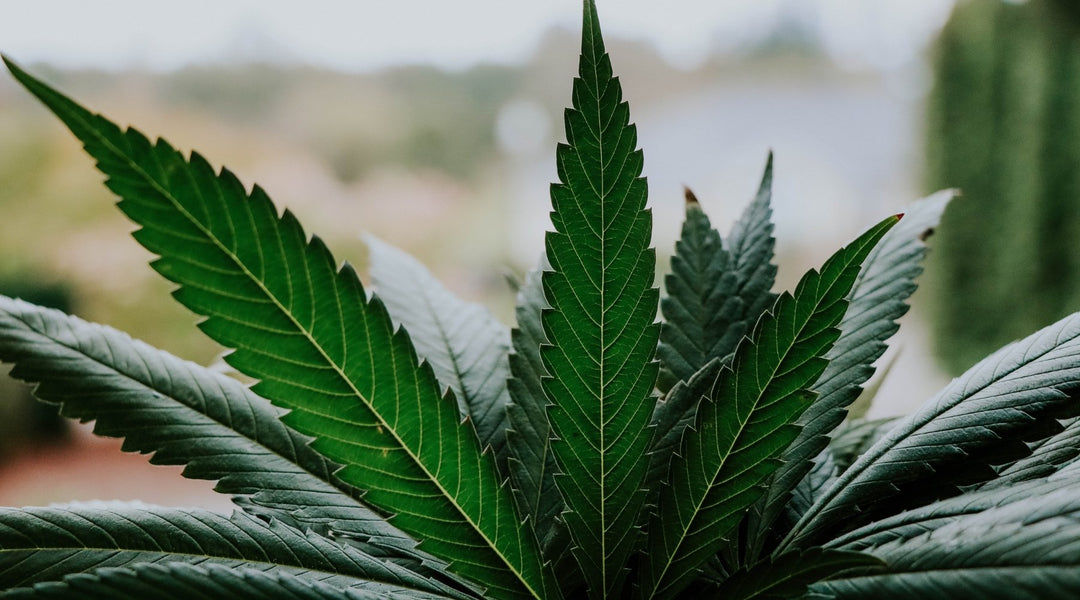The Water Crisis: What to Know and How to Help

WRITTEN BY: Dan Mathews | BioFriendly Planet Magazine
Water is life, as the saying goes, yet millions of people around the world lack access to clean water. The issue of water scarcity is effectively a crisis on several levels, affecting public health, education, and the global economy alike. Conservationists put the economic cost of the water crisis at $260 billion. Further, “nearly 1 million people die each year from water, sanitation and hygiene-related diseases” around the world.
The Earth itself is also reeling from the water crisis, which can result in reduced crop yields and various forms of environmental damage. The water crisis is expected to get worse if we continue on our current trajectory. But what can be done?
Let’s look at the causes and effects of water scarcity around the world, and how you can do your part, from saving water at home to improving education and awareness of the crisis.
Water Crisis Overview
As drought conditions and increasing temperatures persist around the world, fresh drinking water is an increasingly scarce commodity, necessitating actionable solutions. Yet solving the issue is ultimately a complex task, since the causes of water scarcity in a particular area can vary considerably. The water crisis has been linked to human activities and the whim of Mother Nature alike. Groundwater pollution, natural disasters, armed conflicts, and governmental regulations all contribute to water scarcity around the world.
For millions of global citizens, clean water isn’t always easy to access. Residents of rural villages and/or underdeveloped nations may have to travel considerable distances to get drinking water, sometimes carrying water home on their backs. Infrastructure and sanitation are also crucial parts of the overall picture. Those affected by water scarcity in underdeveloped nations are disproportionately at risk of contracting water-borne illnesses.
In the bulk of towns and municipalities around the world, water quality and safety are typically regulated by at least one government agency. But in many underdeveloped countries and rural areas, water may be considered poor quality and should be filtered before consumption. Drinking contaminated or unpurified water comes with numerous health risks. Poor quality water has been linked to several highly contagious conditions, including Hepatitis A, giardiasis, norovirus, and E. coli.
Even those with easy access to safe, clean water may opt to further purify their water at home using some type of filter. Water filters designed for home use may reduce the chlorine and fluoride levels in your home’s drinking water, as well as improving taste.
What You Need to Know About Water Insecurity
In actuality, the taste of water is of little concern to those who face water scarcity every day. As such, the first step towards reducing the impact of the water crisis is to increase awareness. Improving education around water-related issues also involves the topic of sustainability. Conserving water is both an environmental and public health issue and should be treated as such.
In areas where water scarcity is a major issue, education and awareness of local citizens should begin at a young age. Young students should be informed of how water can be contaminated, in addition to the dangers of poor sanitation. The importance of water conservation should also be emphasized in the classroom.
Older students looking to develop a greater understanding of water scarcity may even end up on a relevant career path. Sustainably-minded career options related to water conservation include environmental scientists and hydrologists. A hydrologist researches bodies of water and precipitation to develop sustainable water quality and accessibility initiatives, whether for a corporation, local government, or charitable organization.
Ways to Help Solve the Water Crisis
Improving education and awareness is just the beginning. Once you and your family have developed an understanding of what’s at stake, there are myriad individual actions you can take to help conserve water. For starters, determine your household’s daily and annual water usage. Then, look for ways to reduce water consumption. Inspect faucets and plumbing fixtures for leaks, and consider installing low-flow devices, such as toilets and showerheads.
Depending on where you live, you may also be able to collect rainwater for use on your garden and similar projects, saving precious drinking water. You don’t have to install an elaborate or costly system to reap the benefits of rainwater harvesting. All you need for a simple rain catchment system is a spigot, filtering screen, and barrel. Just make sure to check local codes and ordinances, as rainwater harvesting is heavily regulated in some U.S. states, notably Colorado and Nevada.
Key Takeaways
The sheer magnitude of the global water crisis is staggering, but various solutions exist. To help quell the issue before it gets any further out of hand, it’s time to do your part. Widespread awareness and education on water scarcity hold the key to improving access to clean drinking water around the world.












Leave a comment